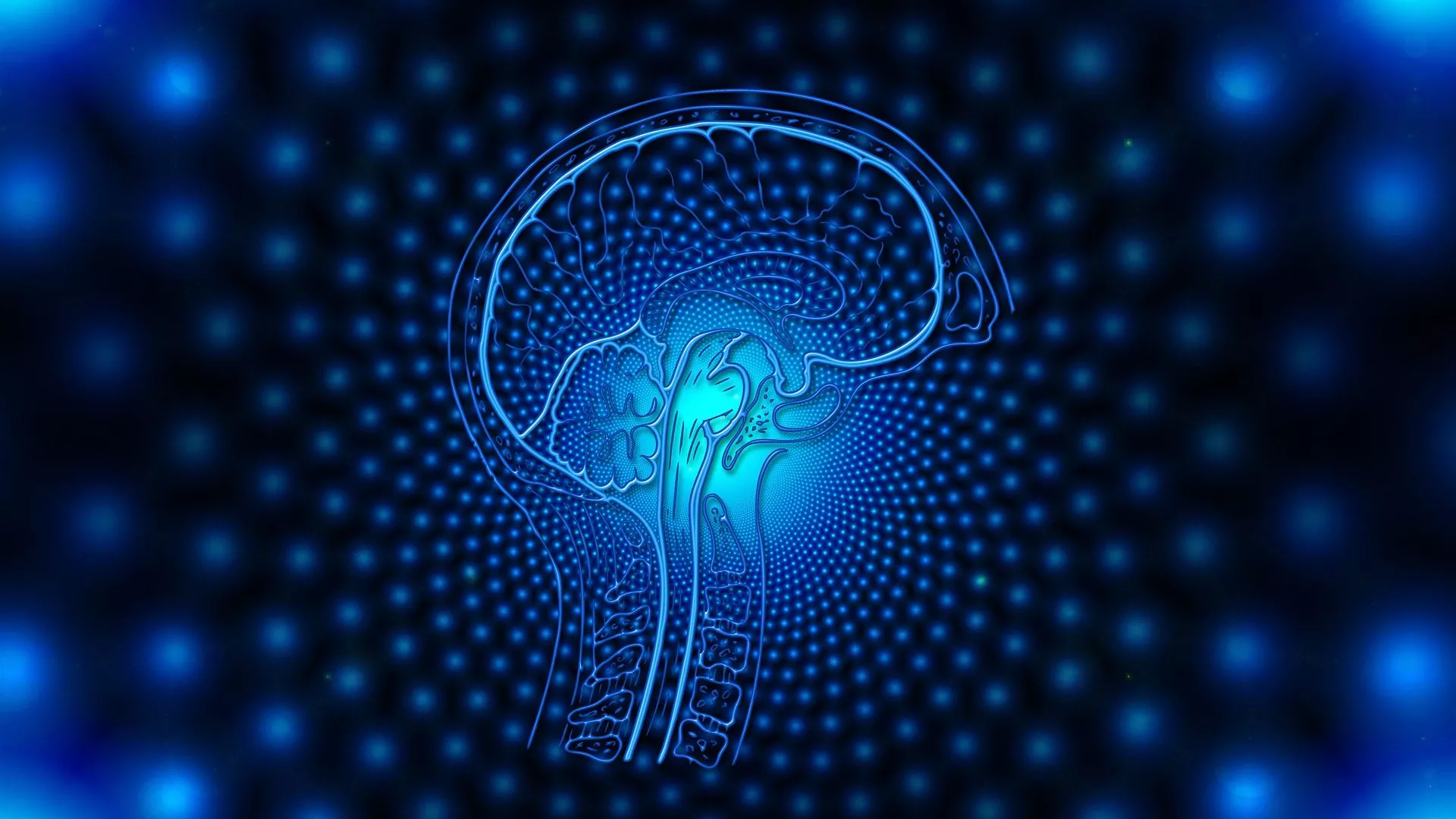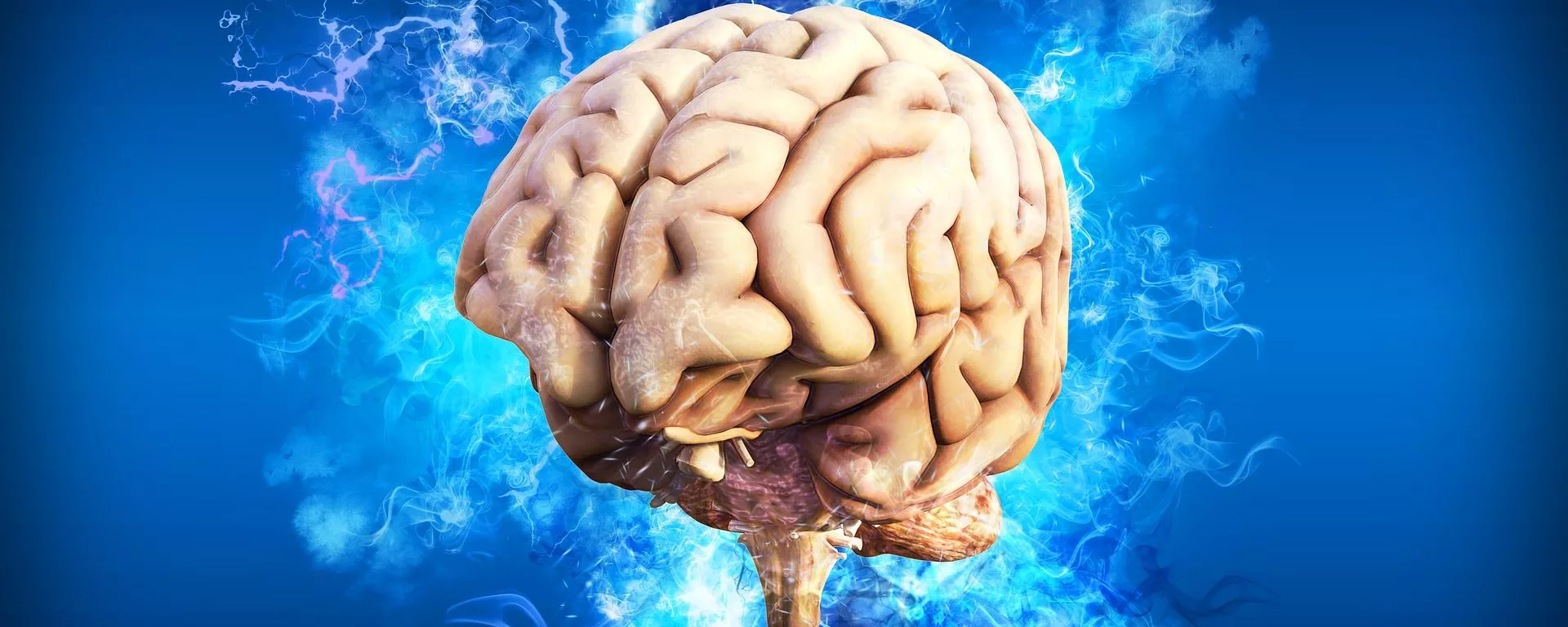https://sputnikglobe.com/20210809/scientists-present-new-opportunities-for-brain-disorder-research-1083564279.html
Scientists Present New Opportunities for Brain Disorder Research
Scientists Present New Opportunities for Brain Disorder Research
Sputnik International
Researchers at Moscow State University of Psychology and Education (MSUPE) have found evidence that the brain's electromagnetic gamma oscillations can help... 09.08.2021, Sputnik International
2021-08-09T16:16+0000
2021-08-09T16:16+0000
2021-08-25T08:21+0000
science & tech
society
newsfeed
https://cdn1.img.sputnikglobe.com/img/07e5/06/05/1083080286_0:100:1921:1180_1920x0_80_0_0_cceaf6c35bb1259a7d0fd6c95a750a28.jpg.webp
The authors of the study suggest that by measuring these oscillations, it will be possible to improve the diagnosis and treatment of such disorders as schizophrenia, Alzheimer's disease, epilepsy and many others. The research paper was published in the peer-reviewed journal, Scientific Reports.The scientists explains that the brain has two main types of nerve cells: excitatory and inhibitory neurons. Many mental and neurological disorders - such as schizophrenia, epilepsy, Alzheimer's disease, autism spectrum disorder, migraines - cause the balance of their activity to be disturbed and, according to the scientists at MSUPE, this can be identified even before a disease's behavioural symptoms manifest themselves.The search for signs, the so-called biomarkers, that indicate an imbalance in neuronal excitation and inhibition, is an important direction in the diagnosis and treatment of these disorders. However, the only reliable way to obtain this data today would requirе placing electrodes directly into the brain. For clinical work with humans, such invasive methods are not applicable, scientists explained.MSUPE researchers have shown that high-frequency and low-amplitude electromagnetic brain waves, the so-called gamma oscillations, can serve as an effective non-invasive biomarker. Scientists used magnetoencephalography (MEG) to record these waves accurately.According to scientists, the most powerful gamma oscillations can be observed in the visual cortex, where they are triggered by certain types of visual stimuli. For example, when the speed of stimulus changes, the intensity of the gamma response changes, but this effect varies in each individual.Research has found that in men with autism spectrum disorder and healthy men, changes in gamma response can help doctors to predict the degree of sensitivity to sensory stimuli such as bright lights, loud sounds or pungent smells.According to the scientists, the findings seriously increase the possibility that the brain gamma response can be seen as an effective biomarker for stratification and treatment of patients with neurological and psychiatric disorders. In the future, scientists plan to investigate the effectiveness of this indicator for a diverse group of patients.
https://sputnikglobe.com/20210703/time-cells-discovered-in-human-brain-report-1083301783.html
Sputnik International
feedback@sputniknews.com
+74956456601
MIA „Rossiya Segodnya“
2021
Sputnik International
feedback@sputniknews.com
+74956456601
MIA „Rossiya Segodnya“
News
en_EN
Sputnik International
feedback@sputniknews.com
+74956456601
MIA „Rossiya Segodnya“
Sputnik International
feedback@sputniknews.com
+74956456601
MIA „Rossiya Segodnya“
science & tech, society, newsfeed
science & tech, society, newsfeed
Scientists Present New Opportunities for Brain Disorder Research
16:16 GMT 09.08.2021 (Updated: 08:21 GMT 25.08.2021) Researchers at Moscow State University of Psychology and Education (MSUPE) have found evidence that the brain's electromagnetic gamma oscillations can help diagnose and treat mental and neurological disorders.
The authors of the study suggest that by measuring these oscillations, it will be possible to improve the diagnosis and treatment of such disorders as schizophrenia, Alzheimer's disease, epilepsy and many others. The research
paper was published in the peer-reviewed journal, Scientific Reports.
The scientists explains that the brain has two main types of nerve cells: excitatory and inhibitory neurons. Many mental and neurological disorders - such as schizophrenia, epilepsy, Alzheimer's disease, autism spectrum disorder, migraines - cause the balance of their activity to be disturbed and, according to the scientists at MSUPE, this can be identified even before a disease's behavioural symptoms manifest themselves.
The search for signs, the so-called biomarkers, that indicate an imbalance in neuronal excitation and inhibition, is an important direction in the diagnosis and treatment of these disorders. However, the only reliable way to obtain this data today would requirе placing electrodes directly into the brain. For clinical work with humans, such invasive methods are not applicable, scientists explained.
MSUPE researchers have shown that high-frequency and low-amplitude electromagnetic brain waves, the so-called gamma oscillations, can serve as an effective non-invasive biomarker. Scientists used magnetoencephalography (MEG) to record these waves accurately.
“MEGs provide data on the balance of excitation and inhibition while avoiding harming the brain. Unlike the electric fields recorded by the common method of electroencephalography (EEG), the brain's magnetic fields pass freely through the skull, providing more reliable information about brain functioning,” Elena Orekhova, a leading researcher of the Centre for Neurocognitive Research (MEG Centre) at MSUPE, said.
According to scientists, the most powerful gamma oscillations can be observed in the visual cortex, where they are triggered by certain types of visual stimuli. For example, when the speed of stimulus changes, the intensity of the gamma response changes, but this effect varies in each individual.
Research has found that in men with autism spectrum disorder and healthy men, changes in gamma response can help doctors to predict the degree of sensitivity to sensory stimuli such as bright lights, loud sounds or pungent smells.
“Our previous study, performed in collaboration with our Swedish colleagues, included only men, and they were Swedish citizens. In order to expand the sample and refine the conclusions, we repeated the study, inviting healthy female Muscovites as subjects. We found that in women, gamma oscillations corresponded to [EO3] sensory sensitivity in the same way as in men,” Orekhova said.
According to the scientists, the findings seriously increase the possibility that the brain gamma response can be seen as an effective biomarker for stratification and treatment of patients with neurological and psychiatric disorders. In the future, scientists plan to investigate the effectiveness of this indicator for a diverse group of patients.




